28+ SAMPLE B2B Sales Strategy
-
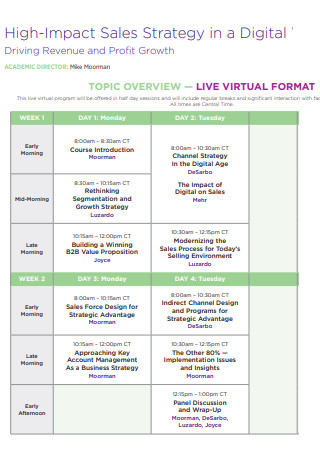
High Impact on B2B Sales Strategy
download now -
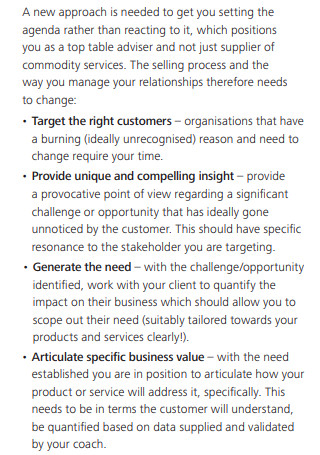
Sample B2B Sales Strategy
download now -
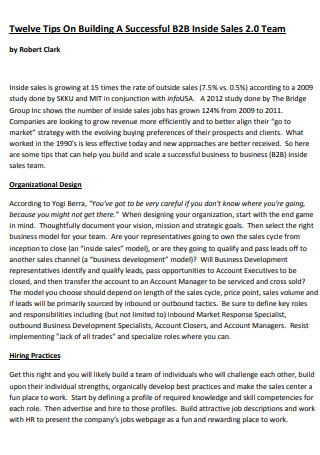
Building B2B Sales Strategy
download now -
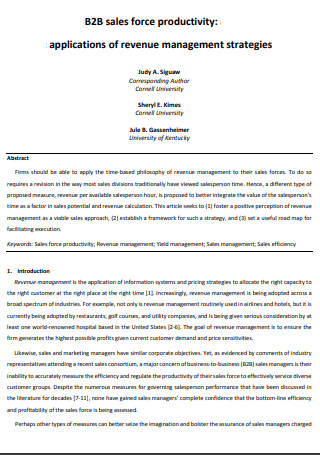
B2B Sales Productivity Strategy
download now -

B2B Sales Strategy in Startup Company
download now -
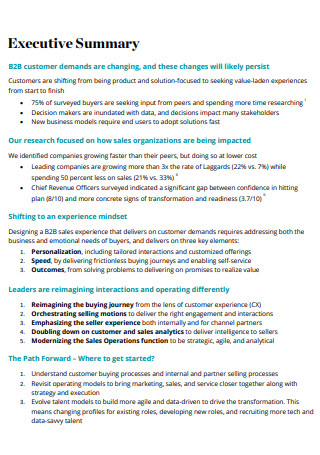
B2B Sales And Marketing Strategy
download now -
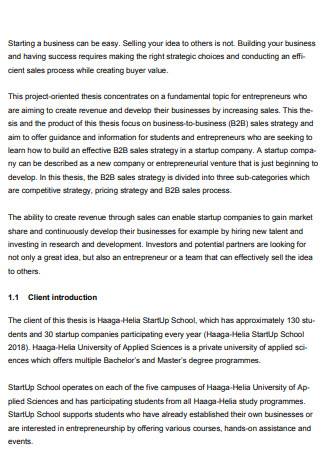
B2B Sales Strategy Example
download now -
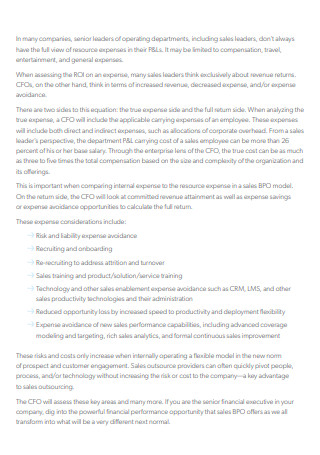
B2B Sales Organisation Strategy
download now -
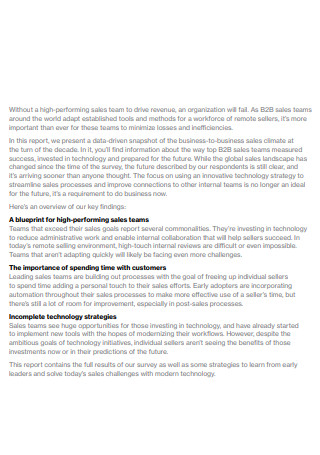
B2B Sales Strategy
download now -
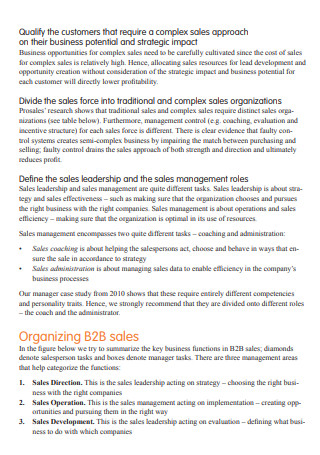
B2B Sales Management Strategy
download now -
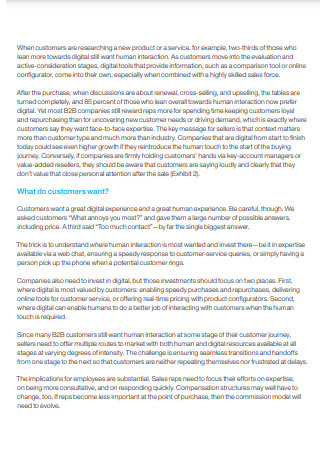
B2B Digital Sales Strategy
download now -
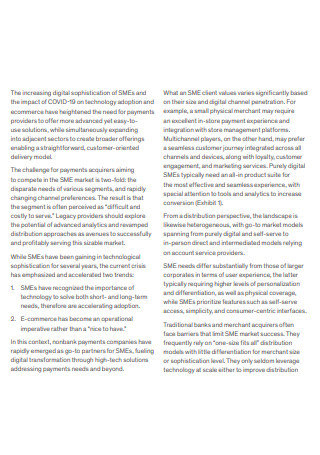
B2B Sales Channel Strategy
download now -
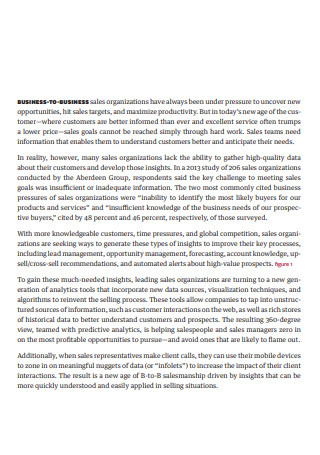
Basic B2B Sales Strategy
download now -
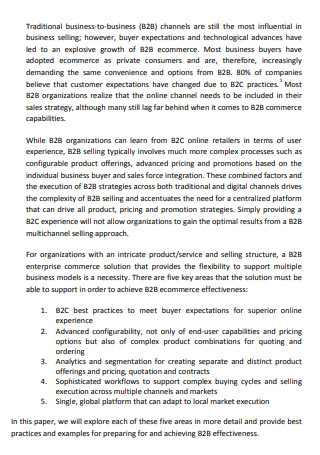
B2B Commerce Sales Strategy
download now -
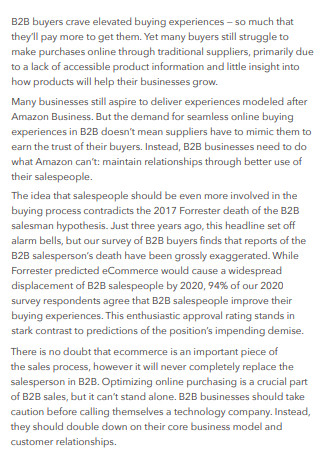
B2B Sales Person Strategy
download now -
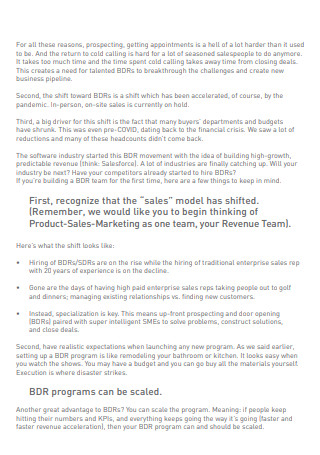
Simple B2B Sales Strategy
download now -
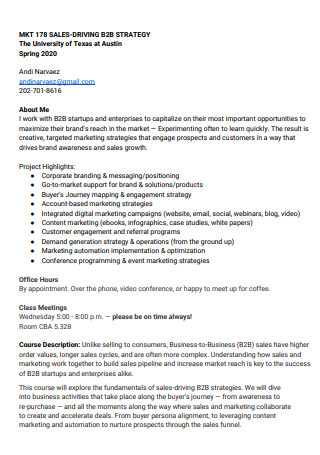
B2B Sales Driving Strategy
download now -

B2B Sales Enablement Strategy
download now -
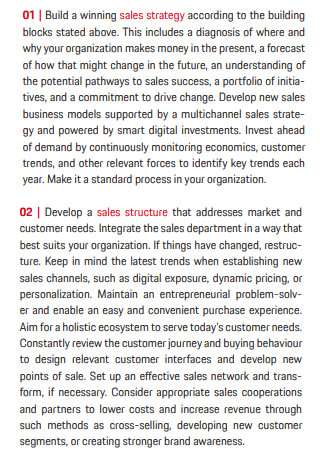
Future B2B Sales Strategy
download now -
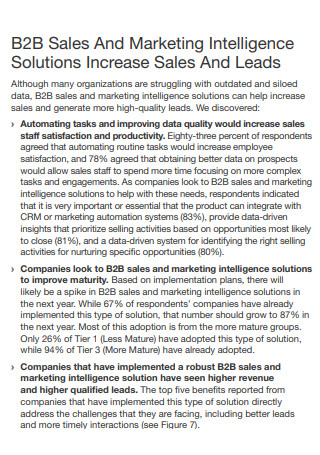
B2B Sales Marketing Intelligence Strategy
download now -
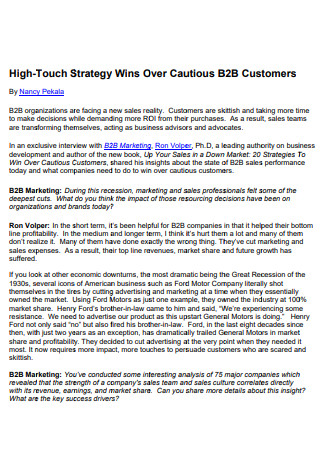
B2B SalesStrategy Template
download now -
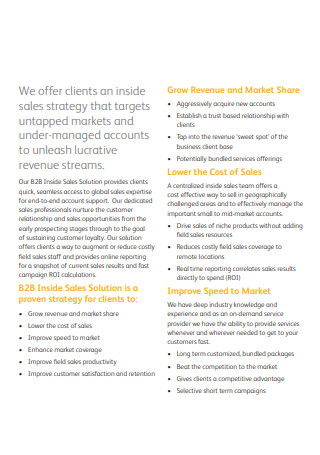
B2B Inside SalesStrategy
download now -

B2B Sales Strategy Framework
download now -
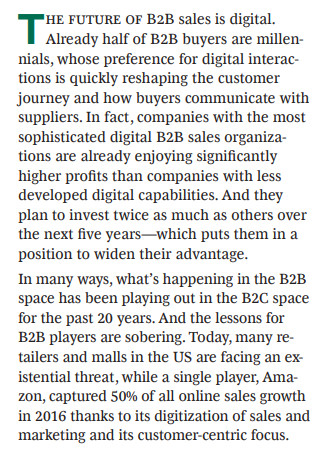
Digital B2B Sales Strategy
download now -
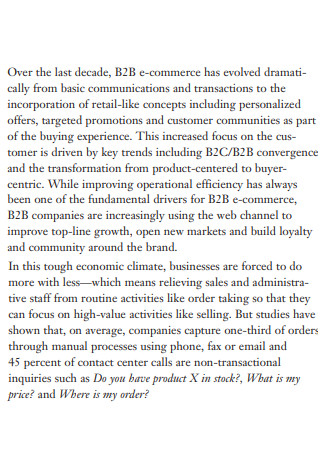
E-Commerce B2B Sales Strategy
download now -
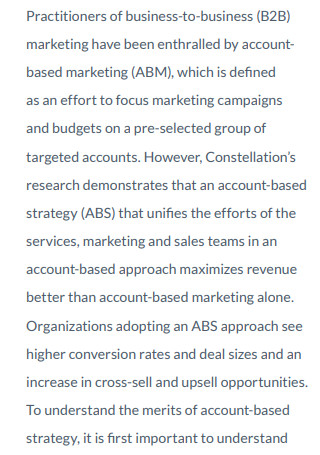
B2B Sales Account-Based Strategy
download now -
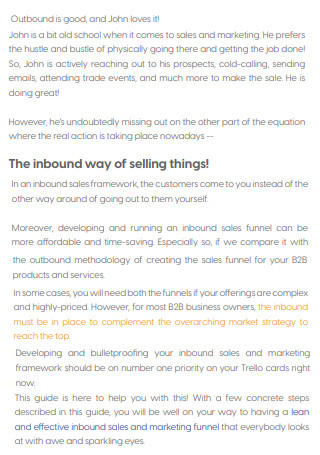
B2B Inbound Sales Strategy
download now -
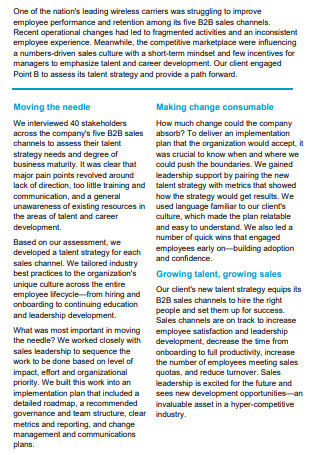
Growing B2B Sales with New Strategy
download now -
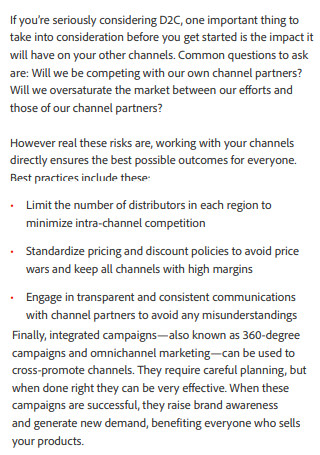
B2B Online Sales Strategy
download now
FREE B2B Sales Strategy s to Download
28+ SAMPLE B2B Sales Strategy
What Is a B2B Sales Strategy?
Essential B2B Sales Strategies
Components of a B2B Sales Strategy
How To Develop an Effective B2B Sales Strategy
FAQs
What are the four selling strategies?
How to be a good B2B sales person?
How to convince your B2B clients?
What Is a B2B Sales Strategy?
B2B or business-to-business sales strategy is a sales method between one business organization or entity with another, forming a relationship, situation, or marketplace. B2B sales focus on selling to another company rather than the public market. This type of sales strategy involves business marketing to diverse customers for a long period and eventually selling products or services to them. Businesses consider the prospect business and their industry, turnover, and other factors to determine if they require the goods and are capable of purchase. A B2B sales strategy is a complex web of processes that utilizes sales techniques for different buyer personas and selling situations.
According to the data available from Statista dated July 2021 entitled E-commerce share of total B2B sales in the United States from 2019 to 2023, an estimate of 17 percent of B2B sales through various digital platforms is possible by 2023, amounting to 1.8 trillion US Dollars. Meaning more and more businesses are exploring B2B sales strategies and are successful in the field.
Essential B2B Sales Strategies
Engaging in B2B sales proves difficult in the beginning. The process involves prolonged sales cycles and complicated lead generation tied with fierce competition means a business engaging in B2B must continually adapt to shifts in the industry. Below are effective B2B sales strategies available in different channels that companies can utilize to improve the sales of their products or services.
Components of a B2B Sales Strategy
When it comes to communicating B2B sales strategies, each aspect of the process involves crucial factors for an opportunity to close a sales deal. Guarantee that the following elements of a B2B sales strategy are present for sales conversations. Continue reading the section and incorporate the components for your next business opportunity.
How To Develop an Effective B2B Sales Strategy
To increase B2B selling capabilities, regularly look over your B2B sales strategies, especially with the fluctuating shifts in sales approaches. There is a significant increase in accessibility of products and services information through online channels that people trust buyer reviews more than sales representatives. Below are essential steps in creating an effective B2B sales strategy for your business.
-
Step 1: Research and Define the B2B Consumers
One of the most common mistakes of B2B companies is that they sell to everyone. It is a misconception that having a higher customer base leads to higher revenue. Invest the time and effort to investigate the needs of a buying business. Through a better understanding, the relationship between companies will result in higher credibility. It is advantageous to create Customer Profiles to help in dealing with queries. Being prepared will help your customers view your company reliable and trustworthy.
-
Step 2: Analyze the Niche Market
After identifying your buying customers, you must analyze the industry ecosystem of the purchasing business. In doing so, it gives a better understanding of how to present products and services with a sales representative providing practical solutions aligned with the needs of the prospect. Include the data analysis and evaluation into the Sales Plan with the help of sales dashboards and other online tools.
-
Step 3: Create Relevant Yet Compelling Unique Selling Position (USP)
Once the company develops customer personas through competitive analysis and Research Analysis, you can craft a value proposition to present to possible consumers. Ask competitive questions when creating the proposition, including pain points, solutions, and product relevance. By asking a variety of questions, the more you can pinpoint the best resolution to prospects. In delivering your value propositions, utilize a storytelling approach. It is easier to communicate your value proposition by analyzing each element of a consumer’s story and translating that into the sale.
-
Step 4: Build a Customer Relationship Strategy
Trust and loyalty are the key elements in building a trusting relationship between companies. Instead of speaking more about profitability, inform sales representatives to ask relevant questions about the kind of relationship the company wants to maintain, their expectations, how the relationship impacts the business and the cost of maintaining the relationship.
-
Step 5: Create an Action Blueprint
For the next step of creating a B2B sales strategy, create an Action Plan to accomplish the sales goals. For starters, identify the elements that will maximize the selling potential of your products or services. These are the KPIs, key activities, and resources to perform the sales. Through this step of the process, you can identify the resources and methods that best fit the prospect description and market accordingly.
-
Step 6: Visualize a Sales Target
After finalizing your sales plan, prioritize setting up a sales target. Build the sales target according to your current client list and prospect customers. Remove misalignments from the current sales plan and guarantee that the target you set up follows the SMART Goal setting. It also pays to set up a comprehensive timeline that details when to contact buyers, follow-up meetings, and deal closing.
FAQs
What are the four selling strategies?
Also known as the four P’s of marketing, the four selling strategies include place, price, product, and promotion. The right mix of these strategies is highly beneficial for companies that utilize them correctly. Companies will have an impression that you know what you are doing and that your products or services are of quality, equipped with the best selling price.
How to be a good B2B sales person?
To be an efficient B2B salesperson, utilize different strategies to become more effective in closing deals and getting consumers for the company. You must know your customers, utilize resources well to increase sales, prioritize lead information, use lead recycling, and always be responsive, creative, and genuine.
How to convince your B2B clients?
There are a few things to consider when convincing B2B clients to make purchases. It can come from providing efficient and practical solutions to their problems. It also helps to have a vast knowledge of your product and believe it will do well. Empathizing with your customers and making them the highlight of every sale increases the chances of sealing the deal. Support the sale with quantifiable studies and facts and always go the extra mile to show dedication and support.
Creating B2B sales strategies prove challenging the first time. However, with the right mindset and perseverance in making the customers the priority, it’ll be easier to create a plan that will benefit your company and theirs. Always keep in mind that it is more than just selling your products and increasing revenue. It is about building lasting relationships and creating trust and loyalty with partners that increase your market and brand reach. Start creating comprehensive B2B sales strategies according to the needs of your clients by downloading the documents available in PDF format. Get yours today!
